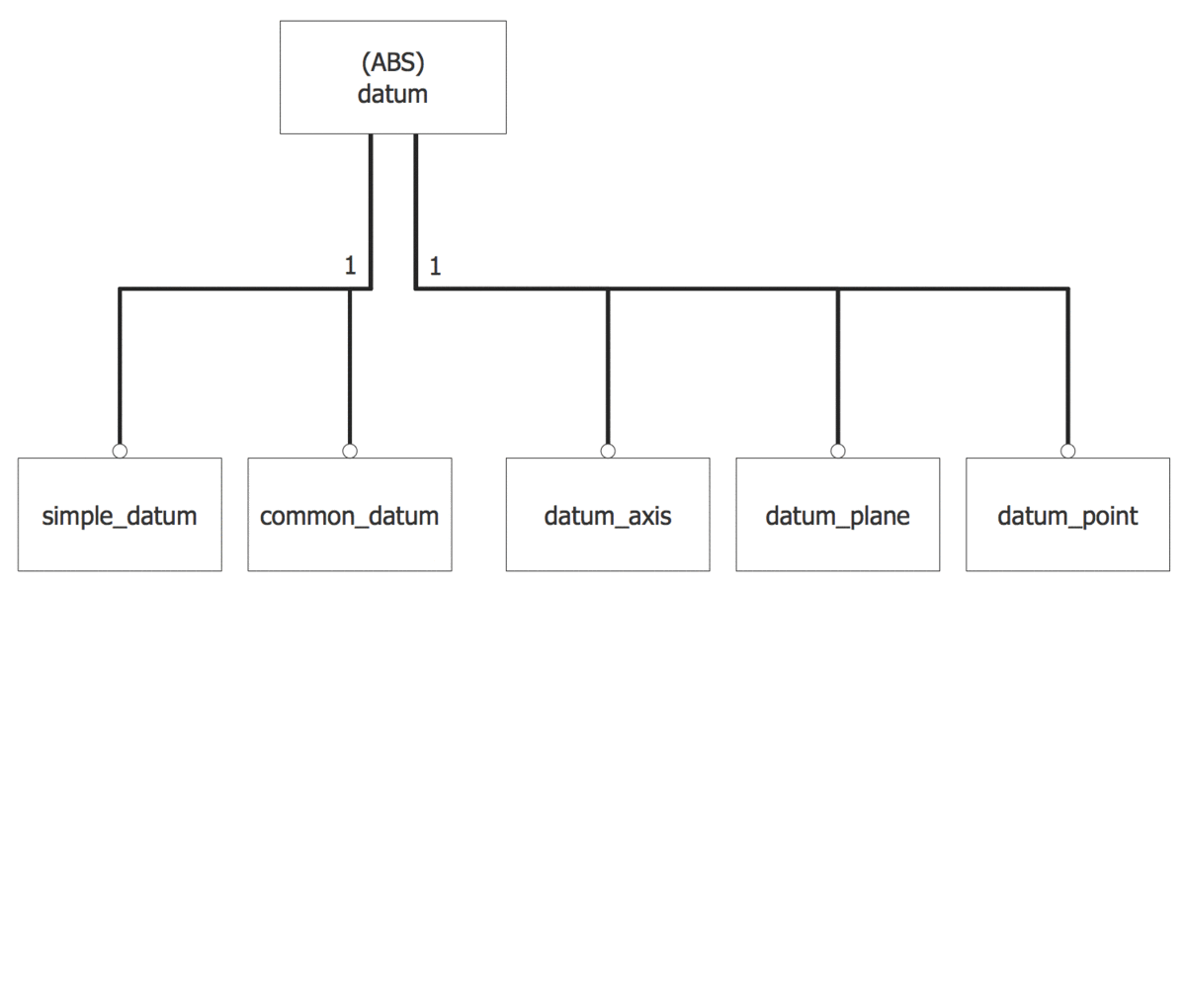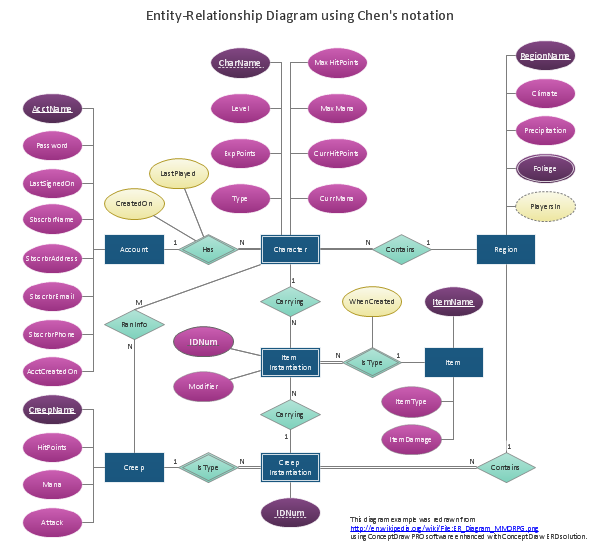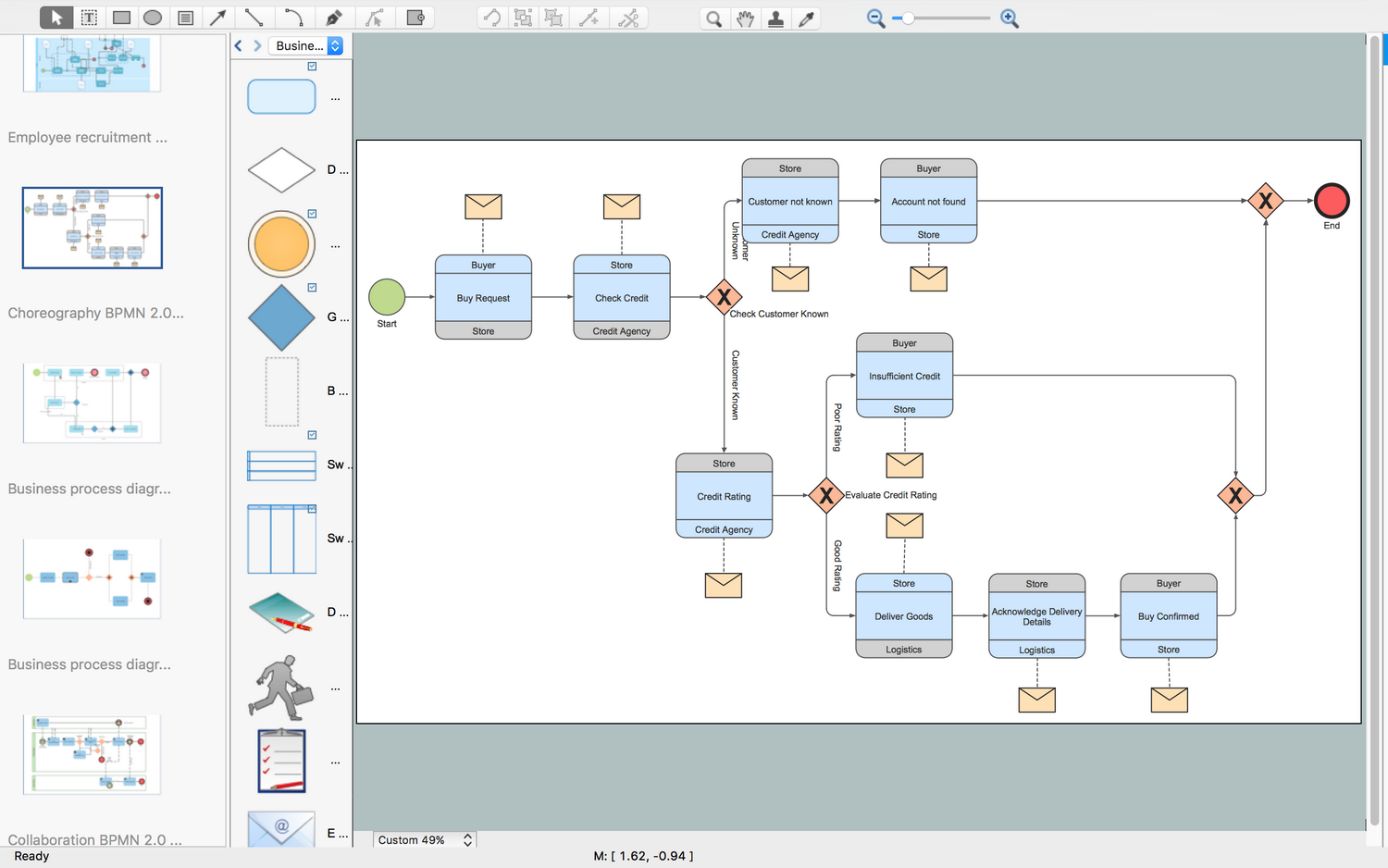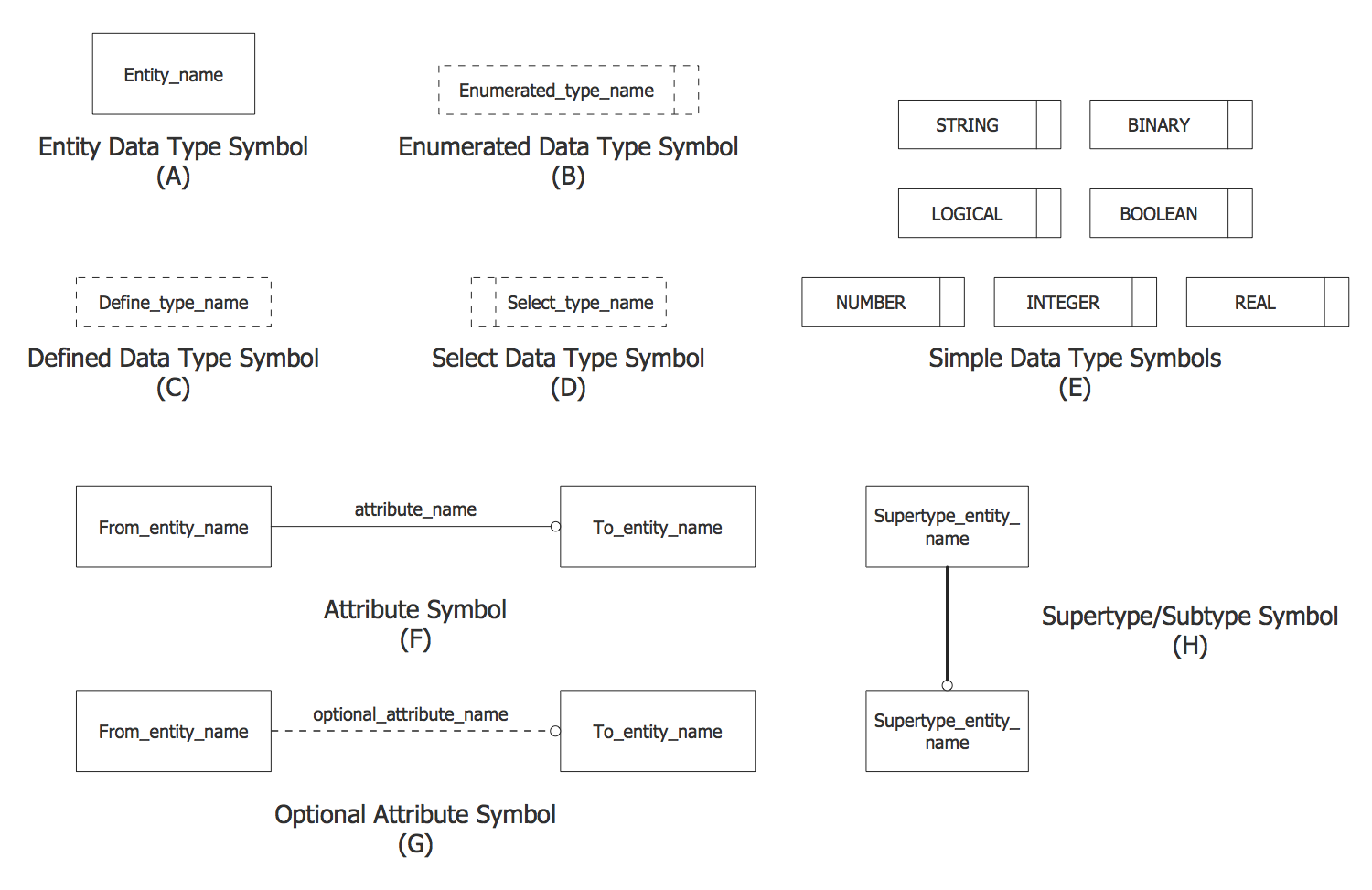EXPRESS Data Modeling Language
EXPRESS data modeling language is an information modeling language described in ISO 10303-11, which is a form of data representation. It is an object-oriented language, independent and neutral, that can be used to represent industrial product models at different stages of their life cycle, to describe the data and static structures, and their properties in other completely different subject areas, as well as to implement the exchange of data between different hardware and software platforms. At this, EXPRESS language is strictly formalized and an information displayed by means of it can be interpreted in uniquely possible way.
The description of some application, its objects, properties and relationships of these objects using EXPRESS language is called EXPRESS-model. Typically, a model consists of one or more parts, called schemes or EXPRESS schemes, and exchange file. The scheme comprises the description and definition of data, their types and properties with use of such means of description as procedures, functions, rules, and constants. The exchange file, in its turn, contains specific instances of the described data types.

EXPRESS-G diagrams using EXPRESS data modeling language notation
EXPRESS-G is a standard graphical notation, addition to EXPRESS notation, used for information models. The EXPRESS-G language supports a set of standard data types: INTEGER, REAL, BOOLEAN, NUMBER, LOGICAL, BINARY, and STRING, and assumes the use of such data types as Entity, Simple Type, Aggregation Data Type, Defined Data Type, Enumeration Data Type, and Select Data Type. An entity is a type of data used to describe the objects with some common properties. According to EXPRESS-G language notation, the entity is represented as a rectangle containing the entity's name; the entity's properties are defined by attributes. If some property is optional for this entity, it is designated as an optional attribute. The "entity-attribute" and "entity-entity" relationships are displayed by solid lines, and only if a relationship has optional attributes, a dashed line is used. The attribute name is written near a link line and the circle at the end of the line shows the link's direction.
EXPRESS-G Notation Symbols
The representation of the model in a graphical form with EXPRESS-G notation has more visual, convenient and clear view than when it is described in a textual form, and if an EXPRESS-G diagram is drawn with help of the ConceptDraw DIAGRAM software tools and its EXPRESS-G data Modeling Diagram solution, you can be sure that its creation will require a minimum of time and efforts, while result will please with its professional look.


